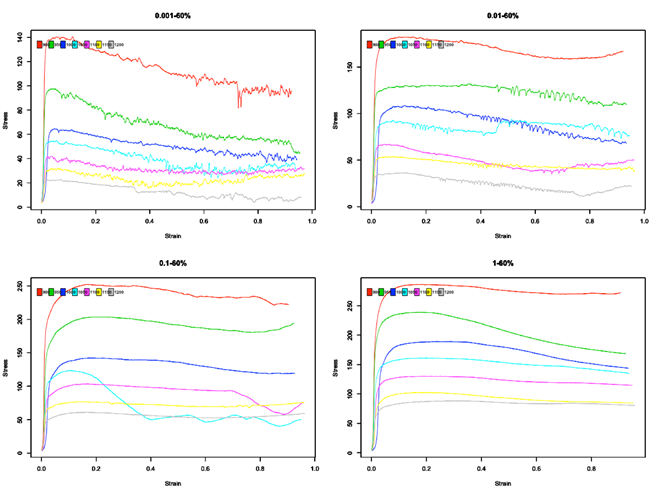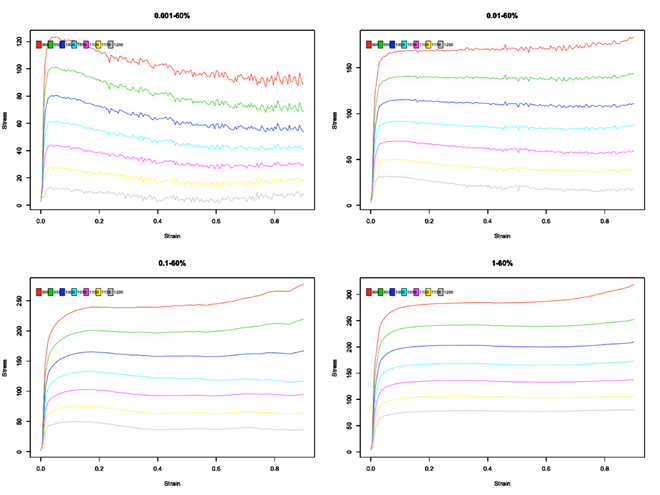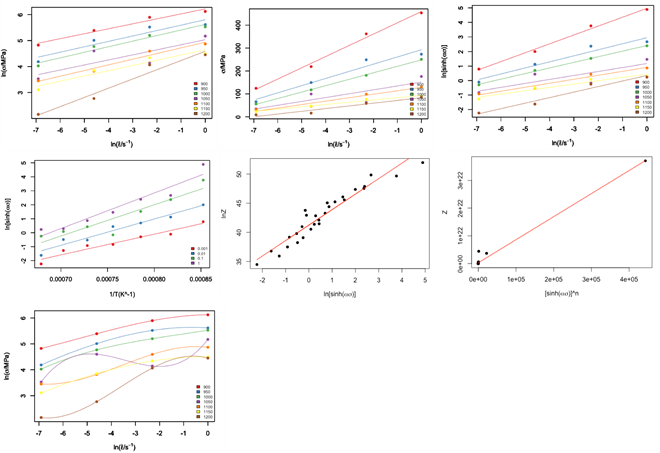
The hardware and bandwidth for this mirror is donated by dogado GmbH, the Webhosting and Full Service-Cloud Provider. Check out our Wordpress Tutorial.
If you wish to report a bug, or if you are interested in having us mirror your free-software or open-source project, please feel free to contact us at mirror[@]dogado.de.
TPMplt package is a tool-kit for building dynamic material model (DMM), as well as for raw data smoothing, adiabatic heating correction, the calculation for constitutive equation.
if(! "devtools" %in% installed.packages()) install.packages("devtools")
devtools::install_github("CubicZebra/TPMplt")install.packages("TPMplt")TPMplt is a tool-kit for building the dynmaic materials model (DMM), suggested by Prasad and Gegel, and executing the corresponding visualization. It also provide a feasible approach to calculate the constitutive equation, material constants, as well as all the intermediate fitting plots for reference. The processing-maps can be display not only in 2D using gradient color background superpositioned with contours customarily, but also in two 3D surfaces individually.

The function KFprocess() can apply Kalman smoothing for
all raw data for flow stess-strain curves.
Following figures show the raw data with significant vibration in plastic deformation period:

After using Kalman filter, the curves will be of more clear paths:

The phenomenon of adiabatic temperature rise non-negligible,
especially in the conditions of low temperatures, high strain rates, or
even both. Rationally, before the calculation for the processing maps,
adiabatic heating correction should be utilized. The function
TCorrect() can implement the automatic correction for this
phenomenon. The corrected results will be:

The function used to build dynamic material model (DMM) for materials
is DMMprocess(). This function has two most important
arguments: InteractMode and ConsFun. The
argument InteractMode control the output of figures and
parameters computed for DMM. If the value of ConsFun is
TRUE``, the constitutive equation will be calculated then printed out. Additionally, if its value ofInteractModeis set asTRUE```
simultaneously, the following figures can be exported one by one:

Related parameters in each intermediate step will be printed out in
console as well, when InteractMode is TRUE:

After making the model followed with regression, the 2D can be visualized as:

The background in gradient colors informs the stability coefficient \(\xi\), while the contours denotes the power dissipation efficiency \(\eta\).
\(\xi\) and \(\eta\) can also be respectively generated using the 3D plot function. The result will be as:

Operations such as mouse rotation, zoom in and zoom out are also available in this visualization mode. Users can use those operations flexibly, to find out more interesting things which might be difficult to be found out in 2D visualization.
Author: Chen Zhang
Mail: chen.zhang_06sept@foxmail.com
These binaries (installable software) and packages are in development.
They may not be fully stable and should be used with caution. We make no claims about them.
Health stats visible at Monitor.